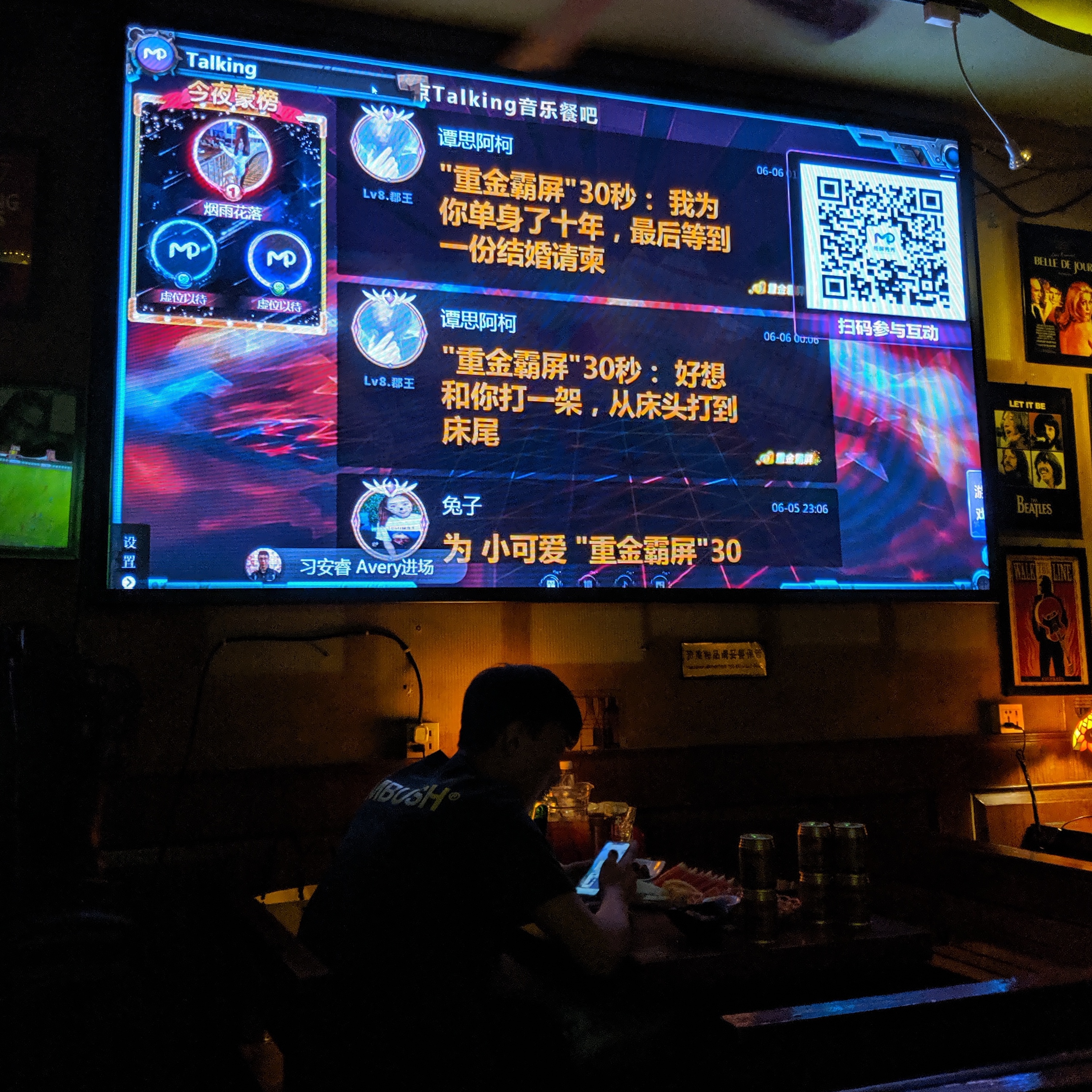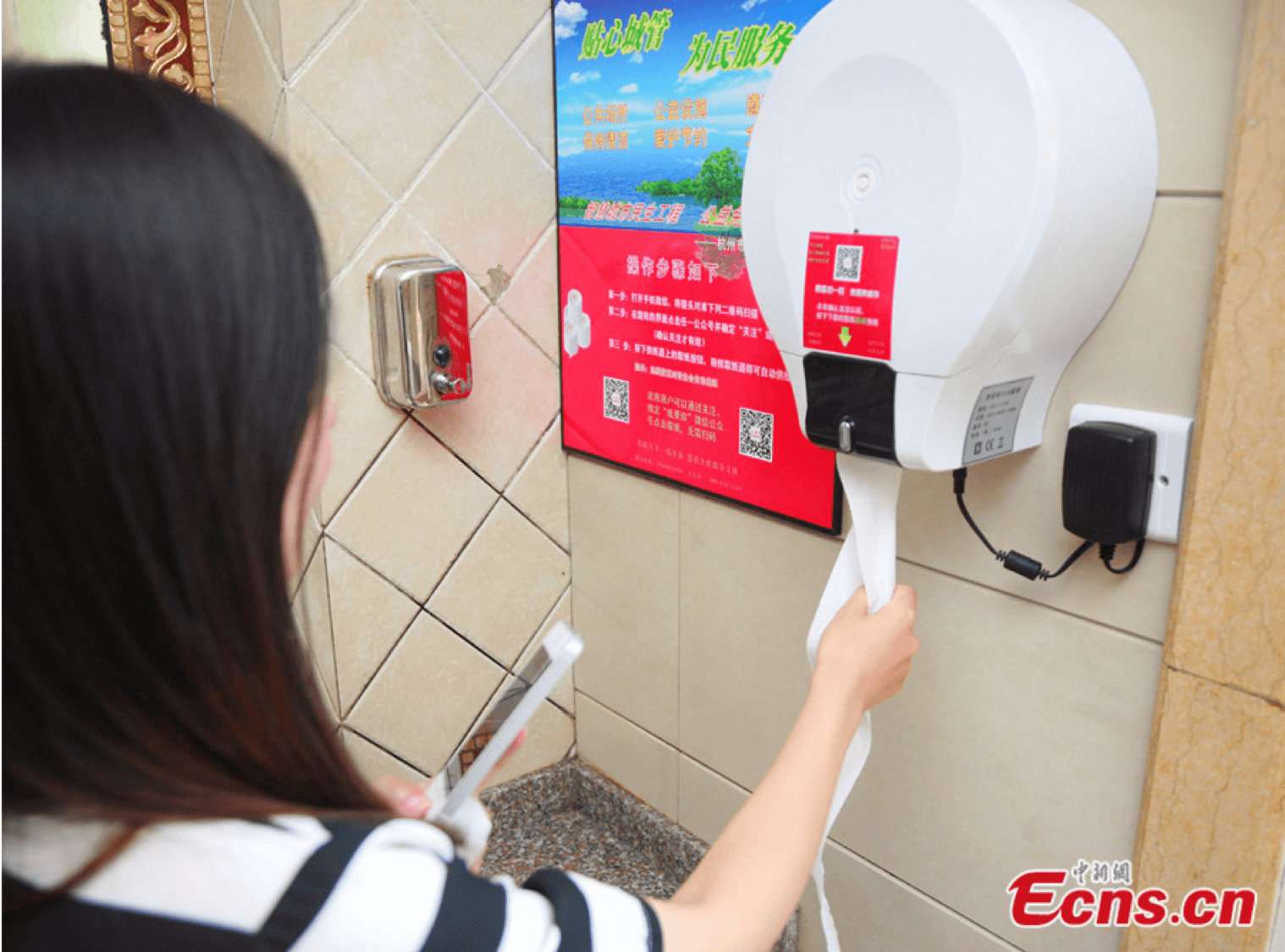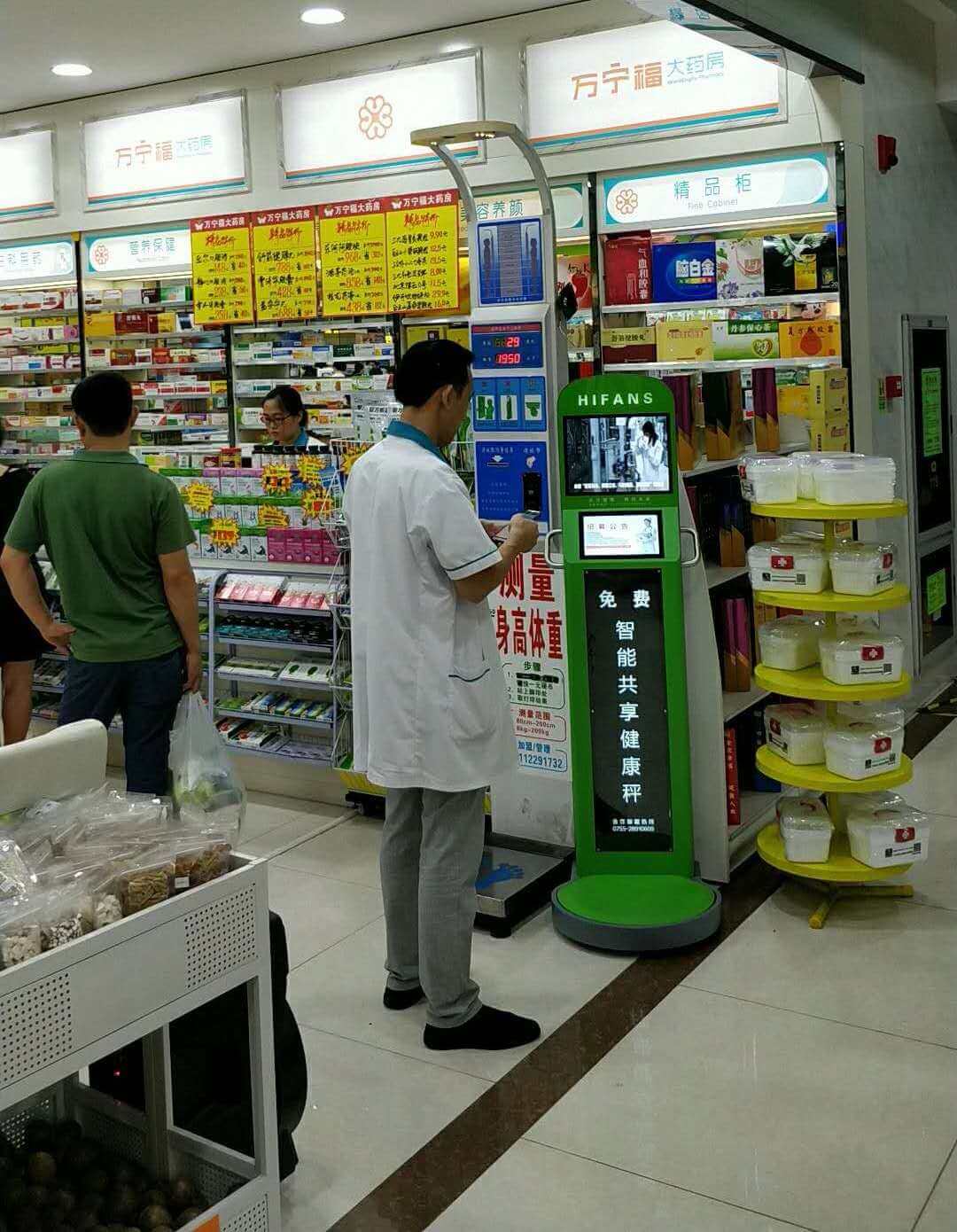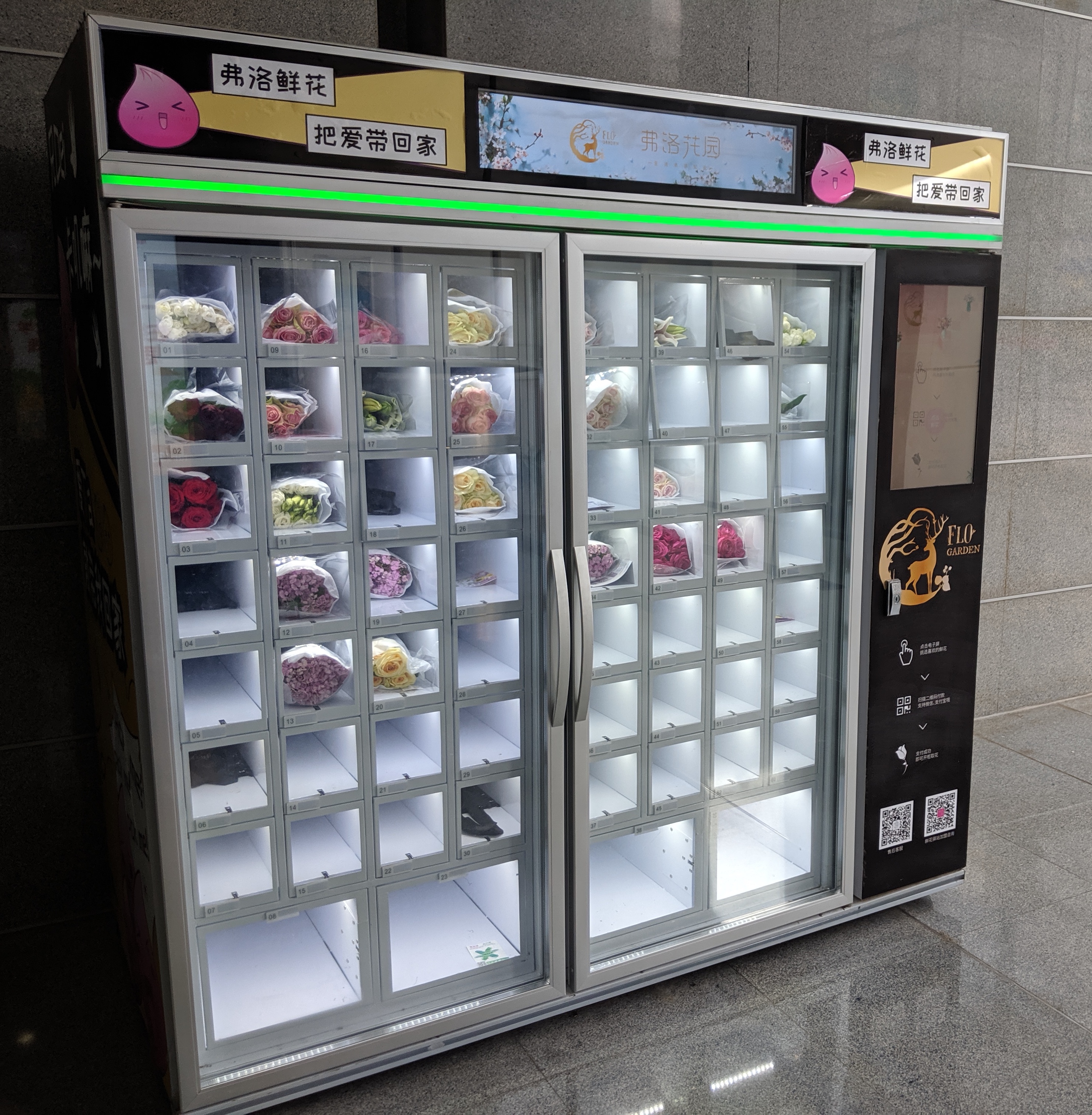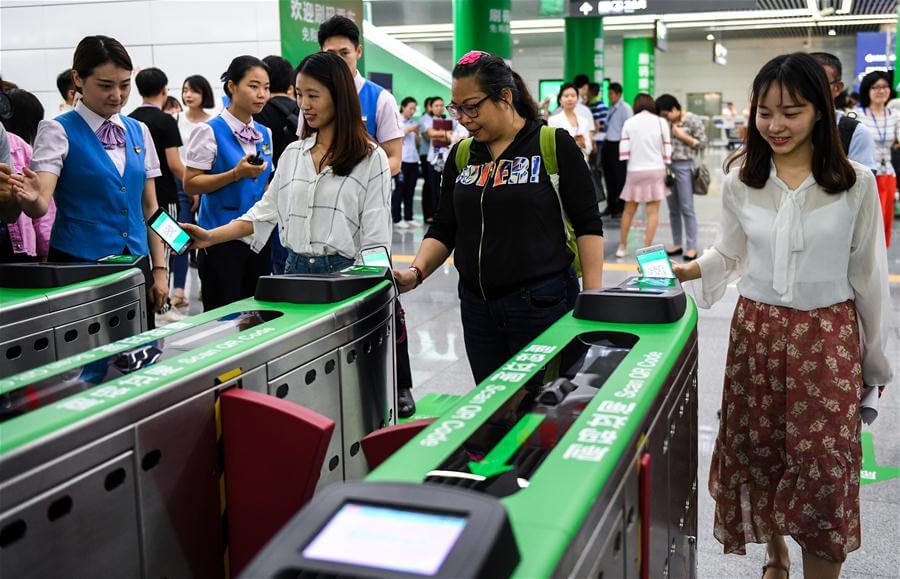China’s mobile payment ecosystem, the largest in the world, is built upon QR codes. But that technology extends far beyond shopping to ease friction throughout daily life. On a recent trip to China, I personally interacted with QR codes 42 times in a single day—to ride the train, to book a workout, to charge my phone, even to buy a round of drinks for a stranger’s birthday.
Companies in the US have been slow to adopt QR codes, but those who dismiss them as having “been around forever but never taken off” underestimate their wide-ranging potential. Camera-based solutions like QR codes (or facial recognition, for that matter) can make traditionally clunky user experiences seamless and intuitive. QR codes connect our online identity to the offline world, allowing users to essentially log in to physical locations—and bring their data with them. This delivers a number of benefits: brands learn user preferences, while customers gain a more tailored and social experience, as well as perks like automatic loyalty programs built into every transaction.
It’s no coincidence that QR codes were popularized in China, where many consumers leapfrogged the PC and bought a smartphone as their first computer. As a result, many of China’s products are built first and foremost for mobile, a fact that was readily apparent on my recent trip to China. This list highlights just some of the ways QR codes enable a whole new set of mobile-first experiences: improving offline social interactions, promoting easy health monitoring, streamlining operational efficiencies, and establishing innovative shopping channels. Here are 16 (more!) ways China is using QR codes.
1. Meet and flirt online at bars
When I returned to my favorite live music bar in Nanjing after two years away, the first thing I noticed was a screen behind the musician with a QR code. That screen is essentially an online portal for the bar: users can search for drinking buddies and publicly chat with fellow patrons about everything from the musician’s performance to current events. The company rolling out these screens, Vxiaocheng, only raised a pre-A round in 2018, but it already partners with over 10,000 bars across more than 190 cities in China.
Entering the bar’s chat room is as simple as scanning a QR code on the top-right corner of the screen. Like livestreaming, users can earn avatar decorations and embellishments by being active users. But the system’s real appeal is the ability to interact directly with other patrons via phone. Before making moves in the physical world, people can see others’ user profiles, send private messages, and even give virtual gifts to break the ice.
2. Tip bar staff and musicians
A 2017 survey found that 70 percent of Chinese netizens found carrying cash unnecessary. Since then, mobile payment adoption has continued to rise. Vxiaocheng’s mobile system features an in-app button where attendees can tip the bar staff and live musicians; such online tips can double a musician’s income. Because Vxiaocheng aggregates data on musicians over time, it has also become a valuable hiring platform for bar owners to browse more than 3,000 musicians.
3. Track your food from farm to grocer
When Alibaba rolled out its first Freshippo supermarkets in 2015, the company’s goal was to integrate online and offline shopping. The company has effectively reimagined the supermarket experience, personalizing its app to customers’ shopping history and page views, offering a no-wait check-out experience, and providing free, 30-minute delivery within two miles of stores. Product signs in the produce, seafood, and meat departments, are equipped with QR codes that reveal distributor information, shipping logistics, and images of food safety certificates. Shoppers can also scan product barcodes In the Freshippo app to see reviews, nutrition facts, suggested pairings, even user-submitted recipes. Because every scan is linked to the shopper’s online profile, the store collects valuable data to personalize its customer experience.
4. Score virtually-free product samples
Shoppers can scan a QR code on vending machines in malls and follow the brand on either WeChat or Taobao (China’s top ecommerce website) to unlock deals. The user gets high-quality, inexpensive testers, while the brand gains followers that it can target with promotions. In the image below, customers choose from products such as name-brand moisturizer and baby wipes for less than a penny.
5. Charge your phone on the go
Nomophobia, the fear of low battery on phones, is virtually nonexistent in China, thanks to the widespread availability of power bank stations. No wall outlet required. Instead, users rent a power bank by simply scanning a QR code, signing in through WeChat or Alipay, and paying anywhere from $.30 to $1 per 30 minutes. Because QR codes provide access to customers’ digital identity, the power banks are easy to use and require no deposit. These power banks are becoming ubiquitous—according to a recent study, they’re installed in 61 percent of malls, 55 percent of restaurants, and 44 percent of hotels nationwide.
6. Speed up the lunch line at smart cafeterias
School and office cafeterias provide ideal, lab-like settings for training machine learning models. Using texture and color cues, sophisticated cameras can recognize hundreds of dishes with high accuracy. The system calculates the total meal price within two seconds of the tray being placed on the payment station. Some smart cafeteria systems even display calories and nutritional information. Users typically pay by QR code, student/worker ID, or simultaneous facial recognition.
7. Minimize waste in public restrooms
Since President Xi Jinping’s call for a “Toilet Revolution” in 2015, China has spent $3 billion modernizing China’s public toilets. At scenic sites and public spaces nationwide, toilet paper is BYO. Those who come empty-handed can do a QR code or facial recognition scan to receive up to 31 inches of toilet paper. The introduction of these smart toilet paper dispensers has reduced toilet paper use in Suzhou’s public restrooms by 80 percent, according to the China Daily.
8. Close the loop with offline advertising
QR codes make offline advertising transactable and measurable. By simply scanning a code, users are prompted to complete a purchase, download an app, or watch videos. As a result, QR codes are ubiquitous on billboards, in and on buses and subway cars, across residential staircases, and inside elevators.
9. Book fitness classes
At Supermonkey gyms there’s no front desk. Instead, gym-goers can book fitness classes by searching on WeChat or scanning a physical QR code at a Supermonkey outlet (below). Booking a class generates a pin number that grants access to the gym 15 minutes before the class starts. Once inside, QR codes are used to buy hot towels, hair bands, and water bottles. QR codes also reinforce customer loyalty: After reserving a class, users automatically receive the instructor’s WeChat QR code to join a group chat. To date, Supermonkey has over 100 locations and has raised over $60 million in venture capital.
10. Squeeze in a workout at capsule gyms
Prefer a pay-as-you-go fitness experience? Head on over to your nearest capsule gym, a private, 6-by-10-foot workout room that is rentable by the minute with just one scan of a QR code to unlock the door. These gyms are inexpensive to deploy and maintain; they come equipped with only bare essentials such as a treadmill, dumbbell, and pull-up bar. The gym’s instant app automatically tracks progress over time and bills through WeChat when you leave the gym. Wanba, one of the top capsule gym companies, has more than 300 locations to date.
11. Monitor your health with free smart scales
Having access to a scale can have psychological and physical benefits. In China, people can scan a QR code and hop on a free shared smart scale, which are stationed at malls and restaurants nationwide. Hifans, the market leader with over 50,000 scales in more than 200 cities, makes scales that save and track weight, BMI, bone mass, hydration, and 10 other health metrics over time. The company monetizes by showing advertisements prior to displaying weight and by brand partnerships on its WeChat account.
12. Order food and beer on trains
For years, restaurant diners in China have used QR codes to order food to their tables. Not only is the system quicker than traditional waiters, it offers additional features such as photos and reviews. Now this convenience also extends to high-speed rail seats. Users scan QR codes on their armrests to have snacks, prepared meals, drinks, and useful items like phone chargers delivered to their seats.
13. Rent a bike, hassle-free
Though the micromobility company Hellobike launched two years after more established companies like Ofo and Mobike, it’s now the king of bike-sharing in China and is the official bike-share partner in the Alipay app. To unlock a rental bike, scan a QR code and ride off—the user experience is similar to Lime scooters. Hellobike now controls 60 to 70 percent of China’s bike-share market, as well as 80 percent of electric bike-shares. Now the company is expanding into electric mopeds, offering unlimited access for just $30 per month.
14. Scan and shop anywhere
While facial recognition vending machines are slowly gaining popularity, most vending machines still use low-cost QR code payments. But China has progressed far beyond everyday soda vending machines. There are loot box-esque figurine machines, fresh-squeezed orange juice machines (self-sanitizing every 15 minutes or 5 bottles), even crane machines to win live lobsters. On the more practical side, the below photo shows an office building’s fresh-cut flower vending machine that uses QR code sign-ins for payment, personalized recommendations, and loyalty programs.
15. Ride buses and subways with digital public transportation cards
Transit riders across China can now scan QR codes in WeChat/Alipay instead of waiting in lines to buy individual tickets or local transportation cards. WeChat’s “Ride Code” service now serves more than 120 cities and has been used by over 100 million passengers in the past two years.
16. Spend while abroad
By 2030, China will account for 25 percent of international tourism globally. More than 90 percent of Chinese tourists say they would use mobile payments overseas if given the option. With the desire to own this rapidly growing market, both Tencent and Alibaba’s international payments strategy is to serve Chinese tourists abroad rather than pursuing international markets directly. Some major US retailers now accept Alipay and WePay, including Walgreens, Guess, and tourist attractions like the Mall of America and San Francisco’s Fisherman’s Wharf (below). As adoption becomes more widespread, retailers everywhere, not just those in China, are likely to reconsider a QR strategy.
-
Avery Segal

